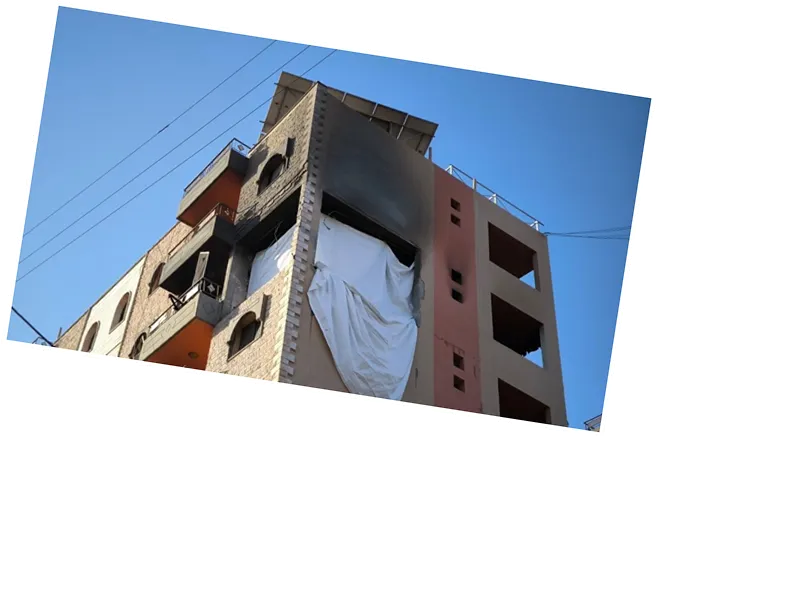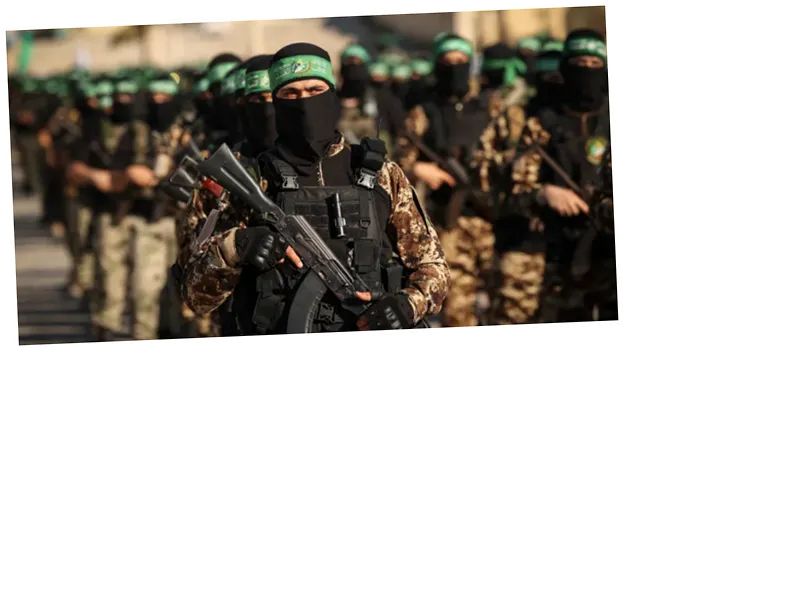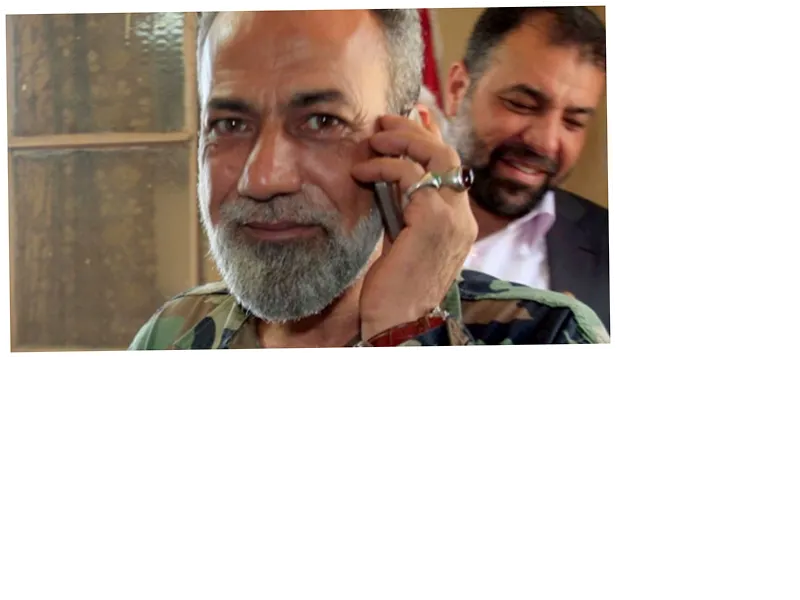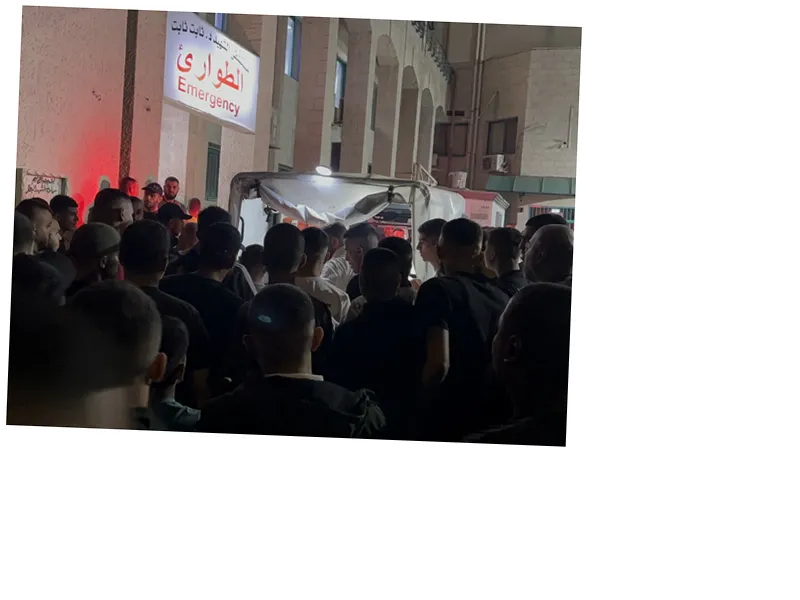Beddawi Refugee Camp Bombing: A Tragic Incident Amidst Ongoing Conflict
On October 5, 2024, the Beddawi refugee camp in northern Lebanon was struck by an Israeli airstrike, marking a significant escalation in the conflict involving Hezbollah and Palestinian factions. The attack resulted in the deaths of Saeed al-Ali, a leader of the Qassam Brigades, along with his wife and two daughters, highlighting the tragic impact of military actions on civilian populations.
Eyewitness accounts describe the scene immediately following the bombing as chaotic and terrifying. Ahmed Hazbouz, a resident, recounted the violent explosion that left many, especially children, in a state of panic. Residents attempted to rescue those trapped in the burning apartment but were hindered by the lack of firefighting equipment, resorting to using buckets of water in a desperate effort to control the flames. The lack of adequate civil defense resources in the camp underscores the dire living conditions faced by its residents.
The Beddawi camp, established in 1948 to house Palestinian refugees displaced during the Nakba, now shelters around 30,000 individuals, including those displaced from other camps and Syrian refugees. Despite being home to a significant population, the camp suffers from severe shortages of basic services and infrastructure, with residents relying heavily on the United Nations Relief and Works Agency (UNRWA) for support. Access to education and healthcare remains limited, exacerbating the already challenging living conditions.
Political leaders within the camp, including Mahdi Assaf from Hamas, condemned the attack as a heinous crime against civilians, asserting that such actions will not go unpunished. The bombing is part of a broader pattern of targeted assassinations against Hamas leaders in Lebanon, raising concerns about the ongoing cycle of violence and the impact on innocent lives.
Despite the challenges, many residents of Beddawi remain resolute in their desire to endure and resist displacement, holding onto the hope of returning to their ancestral homes in Palestine, as articulated in UN Resolution 194. The camp, while facing destruction and fear, continues to symbolize resilience and resistance among Palestinian refugees.





